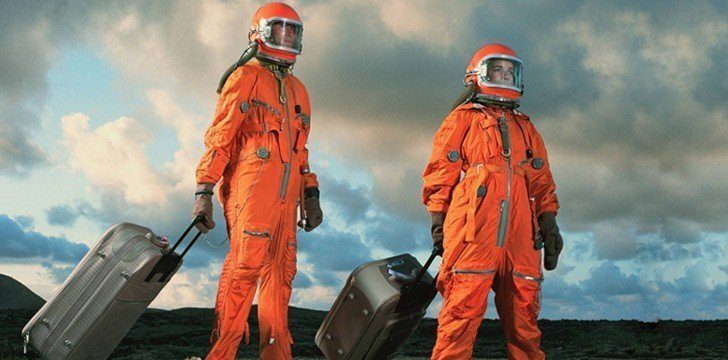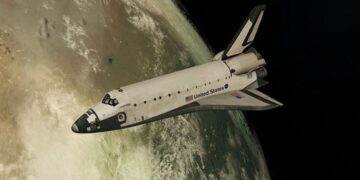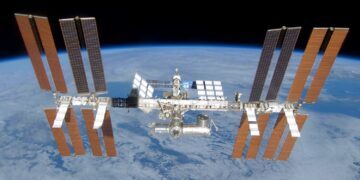To travel into the unknown of space is a dream for so many children and adults alike, although one that very few will ever reach.
Throughout time so many countries, and now private companies, across the world have tried to create a method of getting in amongst the stars.
It’s even united countries that previously had such strong conflict.
Here we’re going to go through a timeline of the significant moments in the history of space travel, starting way back in the 1940s.
1942
In 1942 the German V2 rocket, designed by Wernher Von Braun, was the first to reach 100km (62 miles) from the Earth’s surface.
Also known as the boundary of space.
Braun later worked with NASA on the rockets that went to the moon.
1947
In 1947, the first animals went into space.
Fruit flies were used to study the effects of space travel on animals as they’re very similar to humans.
The flies traveled with a supply of corn to eat on the flight.
1949
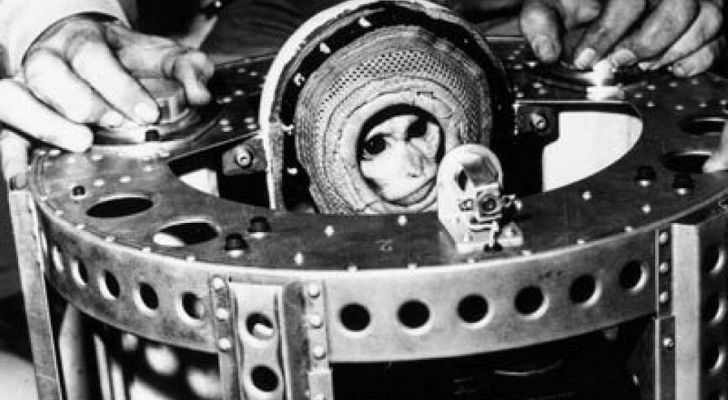
Albert II was the first monkey in space.
Albert II was a Rhesus monkey and boldly went where no primate had been before on June 14, 1949, in a specially adapted US V2 rocket, that flew 83 miles from Earth.
1957
On October 4, 1957, Russia launched the first space satellite (or sputnik in Russian) named Sputnik 1.
Sputnik 1 was the first satellite in orbit around the earth.
In November the same year, Laika the Russian dog became the first animal to orbit the earth. Laika is Russian for “Barker”.
She traveled in Sputnik 2 and helped understand whether people could survive in space.
1959
By 1959 Both US and Russian scientists were in a race to get a craft to the Moon; the Russians won.
Space-probe Luna 2 crash-landed into the moon at fatal speeds.
Ten years later, the first human visited the surface.
1961
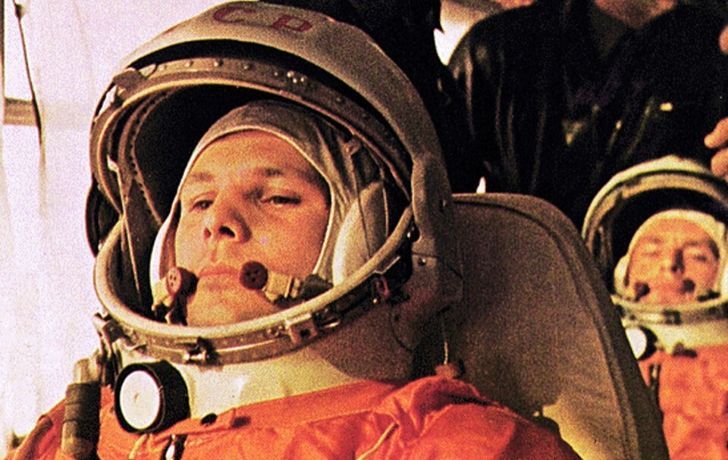
On April 12, 1961, Russian Cosmonaut Yuri Gagarin became the first man in space.
Traveling in Vostok 1 he completed one orbit of the earth, landing about two hours after launch.
Gagarin had to eject and use a parachute to land as the craft was designed to crash land.
1962
John Glenn became the first US man to orbit the Earth aboard the Friendship 7.
John actually chose this name; officially the craft is called the Mercury-Atlas 6, for the mission Mercury and it being the 6th flight to use the faster Atlas rocket.
1963
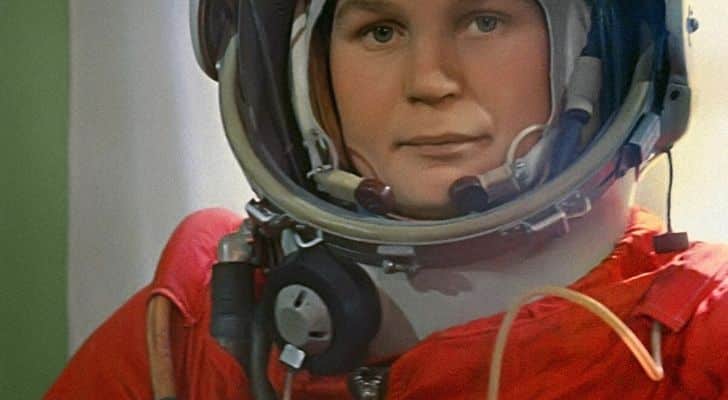
Valentina Tereshkova, a Russian cosmonaut, became the first woman in space.
After her mission, she had a crater on the far side of the Moon is named after her.
1965
Who could believe, after just sending men to the moon, NASA managed to successfully conduct the first Mars flyby with their Mariner 4 craft.
1966
In 1963 John F. Kennedy promised that by 1970 the US would have put men on the moon.
NASA firstly sent a robot spaceship called Surveyor 1, to make sure they could safely land.
It reached the moon on May 30, 1966, just after the Russian probe Luna 9.
Once Surveyor 1 landed it took photographs and sent them back to eagerly awaiting scientists who used them to visualize the terrain and work out a plan to land people on the moon safely.
1969
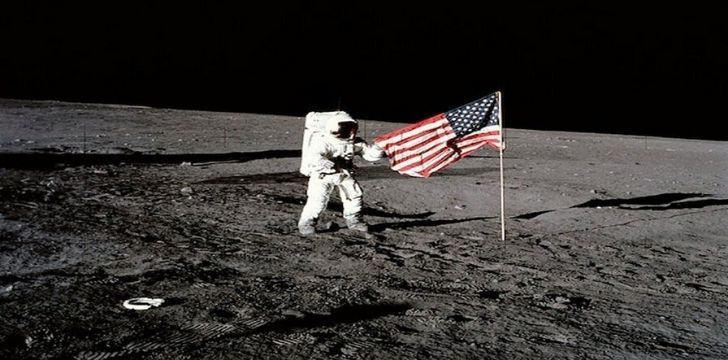
On July 20, 1969, the famous “one small step” was taken by Neil Armstrong and Buzz Aldrin, and the first words were spoken, “the Eagle has landed”.
This iconic phrase confirmed them as the first men on the moon.
The Apollo 11 craft flew them 250,000 miles to the moon and back.
1970
Apollo 13 on April 13, 1970, the second day of its trip to the moon, suffered a wiring fault causing an explosion.
Using what was on board, NASA and the astronauts on board made repairs to bring the damaged craft back to Earth.
1971
This saw the first use of the Lunar Rover, an electric vehicle with a top speed of 8 mph (13 kph), to explore the moon on the fourth, fifth and sixth Apollo missions.
The rover took Boeing 17 months to design and develop.
The first-ever space station was launched in 1971, the Russian Salyut 1, and was launched from an unmanned rocket.
1973
In 1973 Mars 2, a 2-part Russian probe explored Mars.
One part was to stay in orbit for the whole year sending pictures back to earth and the other was to land and explore Mars’ surface.
It was destroyed when a parachute failed.
1977
The US launched their Voyager 1 deep space probe.
Voyager 1, on February 17, 1998, became the most distant human-made object in space after it passed the previous title holder; Pioneer 10.
1981
From April 12, 1981, saw the idea of reusable space crafts, prior to this they were a one-hit-wonder.
The Space Shuttle was designed to lower costs and could be used up to 100 times.
With five rocket motors, it reached 17,000+ mph (27,350+ Kph). Six were built and 2011 saw their last use.
The first craft to start the Space Shuttle era was called Columbia.
1986
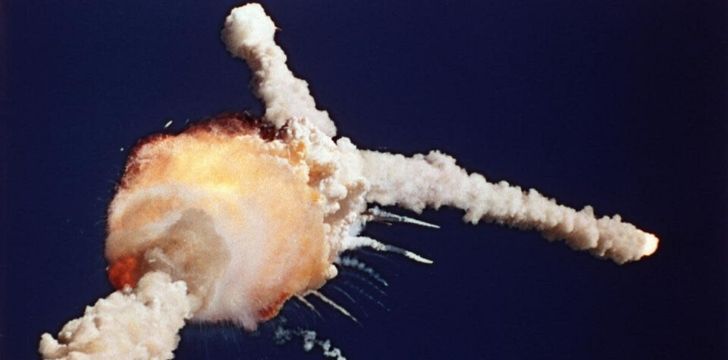
On January 28, 1986, Space Shuttle Challenger exploded due to a fuel system failure just after launch.
All seven astronauts were killed.
After this tragedy, all shuttles were grounded for almost three years.
In the same year, Construction started on the MIR space station, the first consistently inhabited long-term space station.
It was built in sections, taking 10 years, with each bit rocket-launched and combined in orbit.
In 2001 it was destroyed on its descent to earth. The ISS or International Space station also started construction in this year designed for research and space exploration.
The final major module of the ISS didn’t arrive until 2010.
1990
The shuttle Discovery was launched to deploy the Hubble Space Telescope into Earth’s Orbit.
The telescope is able to lock onto a target without moving to about the width of a human hair seen a mile away, or more scientifically, more than 7/1000th of an arcsecond.
Just like there are 60 minutes in an hour, there are 60 arcminutes in 1 degree, and 60 arcseconds in an arcminute.
1991
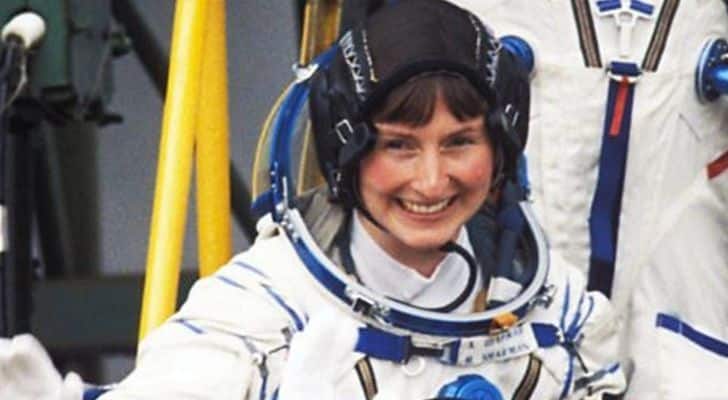
In 1989, Helen Sharman won a competition to become the first British astronaut in space, she previously worked for Mars Bar.
After 18 months of harsh training, she joined a Russian mission to the MIR space station.
1995
After all their problems, the US and Russia finally start working together, or at least in space terms they were.
This year saw the US shuttle Atlantis dock at the Russian MIR space station.
1997
The first look at mars occurred when Sojourner, A U.S rover, travels onto Mars to explore the planet’s geology.
2000
In 2000 the first permanent crew inhabited the International Space Station (ISS), and have been there ever since.
2001
On April 28, 2001, US millionaire Dennis Tito spent around $20,000,000 and had 900 hours of training to be the first space tourist for a ride in a Russian Soyuz spacecraft.
He spent one week in orbit and of this time he spent most visiting the ISS.
This symbolized the hopes for space travel, for it to become a normal venture one day for everyone.
2004
On June 21, 2004, the first privately funded manned space flight happened with the craft SpaceShipOne.
An adaptation of this technology is being used by Virgin Galactic, a company offering private tourist flights into space.
Even though in 2014 it crashed during testing, flights are still happening.
In this year, the European Space Agency launched their Rosetta probe hoping to reach Comet 67P/Churyumov–Gerasimenko.
2008
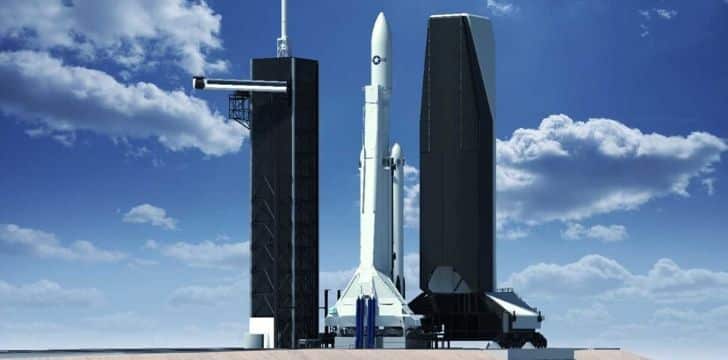
SpaceX, a private company that built a craft to replace the newly retired Space Shuttle, became the first to launch a privately funded liquid-fueled rocket into Orbit, the Falcon 1.
These rockets are used to launch their Dragon capsule, a remote-controlled capsule that takes supplies to the ISS.
2011
The U.S Messenger mission to Mercury, launched in 2004, made its journey successfully traveling 48 million miles (77 million km), to begin its yearlong orbit of the mysterious planet.
Russia launched the largest space telescope to date named Spekt-R beating the Hubble.
The device is built to study astronomical objects with an angular resolution of a few millionths of an arcsecond.
The colossal telescope weighed 11,000 pounds (5,000 kilograms).
2012
A major moment for commercial space travel started on May 22nd, SpaceX launched another Dragon C2+ powered by their Falcon 9 rocket to deliver a resupplying capsule to the ISS.
The capsule was caught by the ISS’s robotic arm and docked for nearly six days while astronauts removed cargo and loaded that destined for Earth, a trip it made with no real complications.
NASA’s Curiosity rover, a piece of equipment the size of a car, landed on Mars on August 6th.
It’s the largest and most advanced rover ever to land on the red planet.
On August 25th, Voyager 1, launched in the late ‘70s, became the first man-made spacecraft to cross into interstellar space.
2014
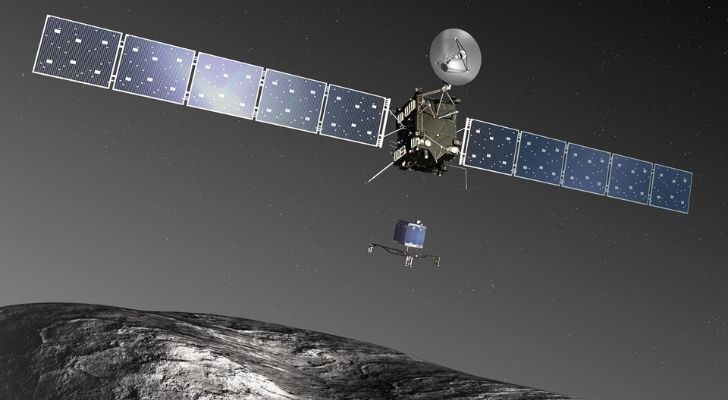
The Rosetta probe, launched in 2004, finally reached Comet 67P/Churyumov–Gerasimenko after a 4 billion-mile journey.
Whilst on the comet, the lander sent data and high-resolution images from the Comet’s surface back to earth including 490-foot cliffs and house-sized boulders.
The Philae lander made a soft landing on November 12th after a perilous 7-hour descent.
Harpoons designed to attach to the comet failed, and the lander bounced twice before landing successfully.
2015
On March 6th, NASA’s Dawn spacecraft entered an orbit around a dwarf planet Ceres, the largest object in the asteroid belt between Mars and Jupiter.
With a 590 mile (950 km) diameter, it makes up a quarter of the mass of the belt.
July 14th saw NASA’s New Horizons spacecraft arrive at Pluto after traveling 9 years and 4.6 billion miles.
It passes, during its closest approach, only 7,750 miles from the surface and took high-resolution photos of Pluto and Charon, the largest moon.
Pluto is said to be about 50 miles larger than thought.
2020
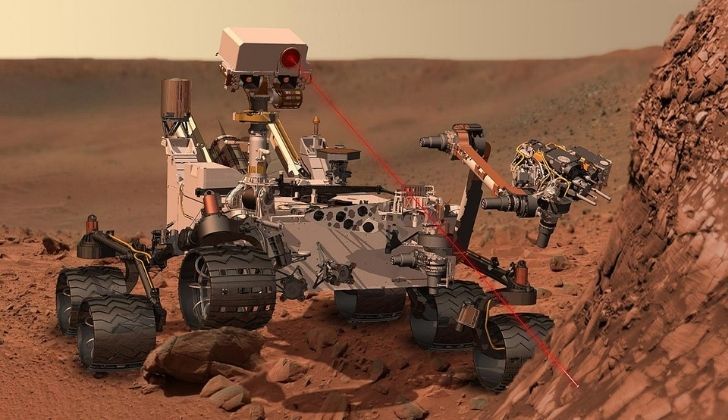
On July 30, 2020, at 11:50 UTC, NASA launched their Mars Rover, which was the largest of four missions to Mars in 2020.
Without a doubt, this mission plans to be the most fruitful with the craft equipped with state-of-the-art modern technology and engineering capable of truly exploring the martian land like never before!
The Mars Rover’s mission among other things is to see if the red planet has ever accommodated extra-terrestrial life by exploring any signs of habitable conditions both in the past and present.
Space travel has for so many people mesmerized them from a very young age, myself included, and as this list has shown, there is always something new to discover!
We have barely scratched the surface, and yet every year we learn or launch something new with the dream of reaching some unknown bit of the universe.
To travel to the furthest edge man can reach will always be the aim.
To unearth the secrets hidden, to find life or anything that’s interesting and bewildering drives some of the best minds in the world every day.

